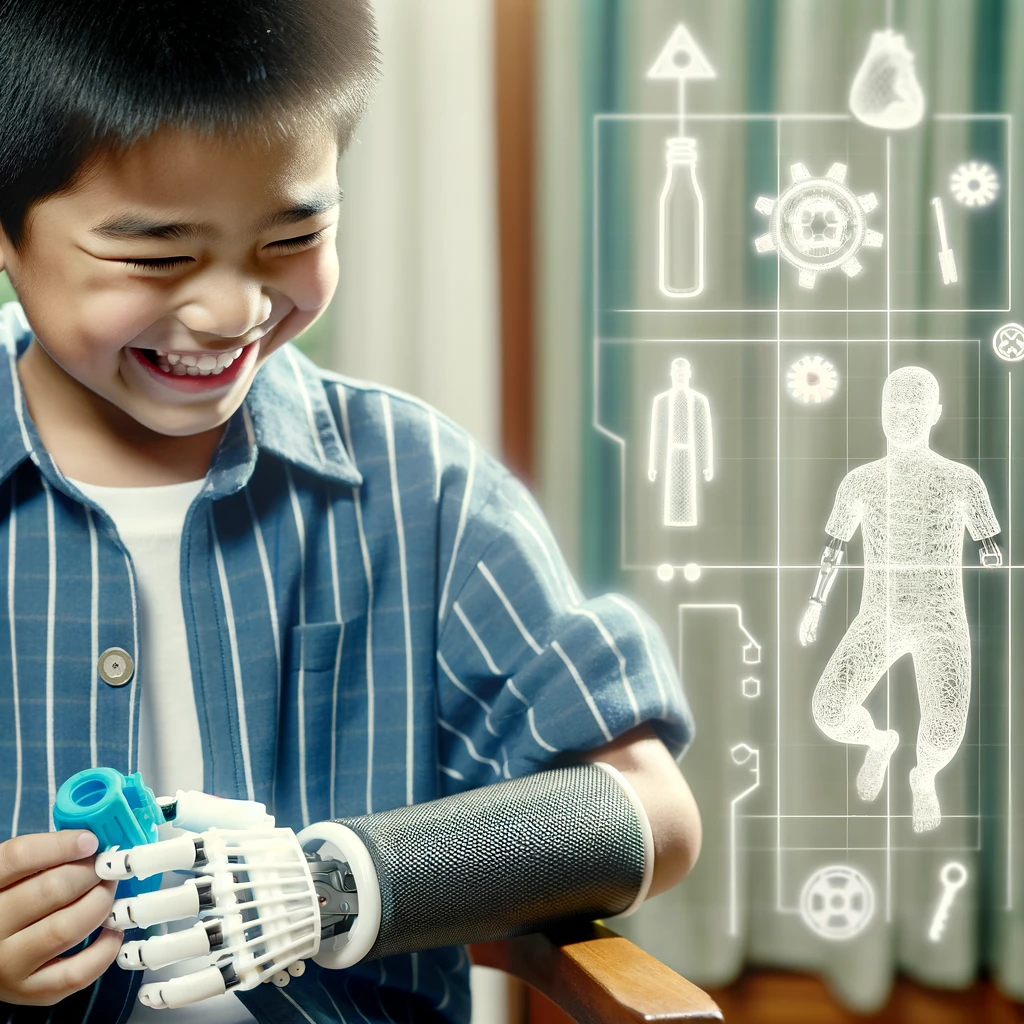National Engineers Week: projects that changed lives
Engineering has always been at the heart of human progress, turning abstract ideas into tangible solutions that improve lives and communities.
The power of engineering is most evident in projects that have not only changed landscapes but also transformed lives.
This article celebrates the ingenuity, creativity, and humanitarian spirit of engineers through a closer look at projects that have made a significant impact on society.
Bridging the divide: The Akashi Kaikyō Bridge

Spanning the Akashi Strait in Japan, the Akashi Kaikyō Bridge stands as a testament to the advancements in civil engineering and the human spirit's resilience. Before its construction, ferries were the only means to cross the strait, often hampered by severe storms. The bridge's construction began in 1988 and was completed in 1998, amidst challenges including a devastating earthquake in 1995 that struck the Kobe region. Engineers had to redesign parts of the bridge to accommodate the seismic activity, ultimately extending its length. Today, it is the world's longest suspension bridge, with a central span of 1,991 meters. The Akashi Kaikyō Bridge not only facilitates transportation and economic activities between the city of Kobe and the Awaji Island but also stands as a symbol of overcoming adversity through engineering.
Illuminating remote communities: solar-powered LED lights

In many parts of the world, especially in remote and rural areas, access to electricity is a luxury many cannot afford. Engineers have tackled this challenge head-on, developing solar-powered LED lights that are affordable, sustainable, and easy to use. This innovation has illuminated homes, streets, and schools in remote communities, extending productive hours into the night and improving safety. Solar-powered LED lights represent a sustainable solution to energy poverty, leveraging renewable energy to empower communities and enhance the quality of life.
Access to clean water: The LifeStraw

Access to clean drinking water is a fundamental human need, yet it remains out of reach for millions worldwide. The LifeStraw, a simple yet revolutionary water filtration device, was developed by engineers to address this critical issue. This portable water filter can remove bacteria, parasites, and other contaminants from water sources, making it safe to drink. Its impact has been profound, especially in disaster-stricken and impoverished regions where access to clean water is severely compromised. The LifeStraw has saved countless lives, highlighting how engineering innovations can directly address public health challenges.
Revolutionising prosthetics: 3D-printed limbs

The advent of 3D printing technology has brought about a revolution in the field of prosthetics. Engineers have utilised this technology to design and produce custom-fitted, functional prosthetic limbs at a fraction of the cost of traditional methods. This breakthrough has made prosthetic limbs accessible to many who previously could not afford them, including victims of conflict and children who require frequent replacements as they grow. 3D-printed prosthetics not only offer mobility and independence to individuals but also showcase the potential of merging engineering with healthcare to improve human lives.
Transforming waste to wealth: plastic roads

The issue of plastic waste has become a global environmental crisis. In response, engineers have developed an innovative solution by incorporating waste plastic into road construction. This technique, pioneered in India, involves replacing a portion of bitumen in asphalt with shredded plastic waste. The result is a road surface that is more durable, less susceptible to potholes, and resistant to extreme temperatures. By turning plastic waste into a valuable construction material, this engineering solution not only addresses the issue of waste management but also contributes to building better infrastructure.
Empowering the visually impaired: The Smart Cane

Engineers have developed the Smart Cane, a device that uses ultrasonic waves to detect obstacles, making navigation easier for visually impaired individuals. This innovative cane alerts users to obstacles in their path through vibrations, allowing for greater independence and mobility. The Smart Cane exemplifies how engineering can be harnessed to create assistive technologies that empower individuals with disabilities.
Conclusion
The projects highlighted here are but a few examples of how engineering has been leveraged to create solutions that significantly impact society. As we celebrate these transformative projects on National Engineers Week, it is crucial to recognise the collective effort of countless engineers whose creativity, expertise, and dedication have made these achievements possible.
Their work inspires future generations of engineers to continue exploring innovative solutions to the world's most pressing challenges. Engineering, at its core, is about problem-solving and making a positive difference in the world, and as these projects demonstrate, the possibilities are limitless.










